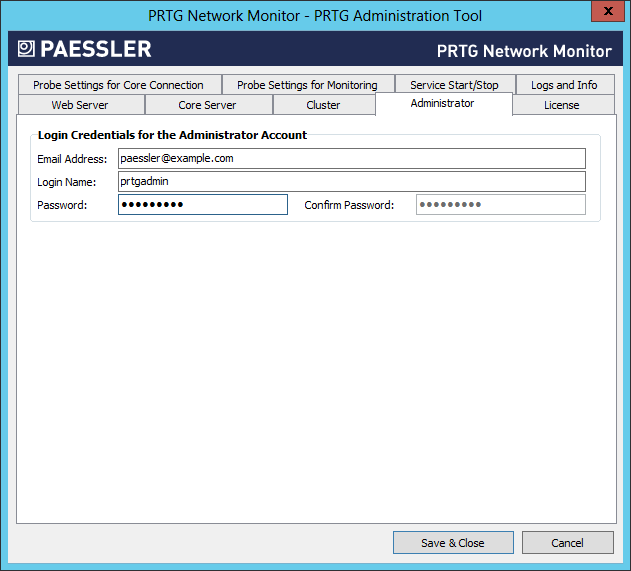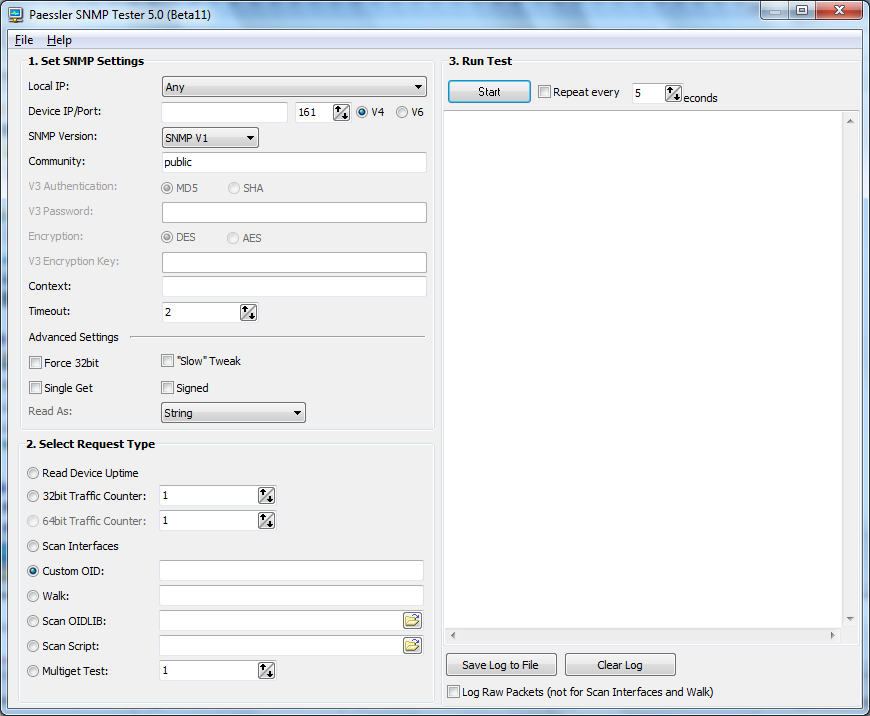←December→
| Sun |
Mon |
Tue |
Wed |
Thu |
Fri |
Sat |
| |
1 |
2 |
3 |
4 |
5 |
6 |
| 7 |
8 |
9 |
10 |
11 |
12 |
13 |
| 14 |
15 |
16 |
17 |
18 |
19 |
20 |
| 21 |
22 |
23 |
24 |
25 |
26 |
27 |
| 28 |
29 |
30 |
31 |
|
|
|
|
|
Sat, Dec 17, 2016 10:06 pm
Searching browsing history for a specified period with BrowsingHistoryView
I performed a
malware scan of a system with McAfee Total
Protect on 2016-12-14 which found malware that was apparently placed on the
system on December 8, 2016. Since
BrowsingHistoryView from
Nir Sofer provides
a means to examine the browsing history stored on a system for many browsers,
I installed it on the system - the installation process consists of simply
extracting the files contained in the zip file you can download from the
NirSoft website - in an attempt to determine
the source for the malware. I thought there might be an entry in the browsing
history for a time near the time stamp on the malware file that would reveal
a website from which it might have been downloaded. BrowsingHistoryView
allows one to view the browsing history for the following browsers:
- Chrome
- Chrome Canary
- Firefox
- Microsoft Internet Explorer
- Microsoft Edge
- Opera
- Safari
- SeaMonkey
- Vivaldi
- Yandex
[ More Info ]
[/os/windows/software/network/web/BrowsingHistoryView]
permanent link
Wed, Oct 12, 2016 11:00 pm
Ncat 5.59BETA1 for Microsoft Windows
Ncat, which is a reimplementation of
the
netcat
computer networking utility, is a utility which reads and writes data across a
network from a
command-line interface (CLI), such as a shell prompt or a Microsoft Windows
command prompt. It supports
TCP and
UDP,
SSL, and proxy connections via
SOCKS4 or
the
HTTP CONNECT method.
You can downloaded a precompiled binary version of the utility from
Nmap.org or this site.
Nmap.org
MoonPoint Support
[ More Info ]
[/os/windows/software/network]
permanent link
Tue, Jun 28, 2016 1:05 pm
Using iperf on a Microsoft Windows system
Iperf is a
free
open-source software tool that provides a capability
to measure the throughput between two hosts using both
Transmission Control Protocol (TCP) and
User Datagram Protocol (UDP) data streams. The software can be run in
either
server or
client mode. To determine the network bandwidth available between two
systems, you can run iperf in server mode on one of the systems and in
client mode on the other.
The software is available for a variety of operating systems. You can
download iPerf binaries from
iPerf - The network bandwidth
measurement tool for the following operating systems:
- Microsoft Windows
- Android
- iPhone / iPad
- Apple OS X
- Download iPerf for Ubuntu / Debian / Mint
- Download iPerf for Fedora / Red Hat / CentOS
- Download iPerf for openSUSE
- Download iPerf for Arch Linux
- Download iPerf for FreeBSD
[ More Info ]
[/os/windows/software/network/performance]
permanent link
Fri, May 27, 2016 10:53 pm
Tcproute
On Unix, Linux, and OS X systems,
traceroute
sends
UDP datagrams to high-numbered ports with an increasing
time to
live (TTL) value. The first datagram sent has a time to live of 1. Each
network hop, e.g. a
router, along the path of a UDP datagram or
TCP packet to its destination will decrement the TTL value
by 1 and, unless the system is the final destination, will send
an
ICMP error datagram (
11 -
Time Exceeded) back to the source system, if after it decrements the TTL
the TTL value is 0.
As an example, suppose you are performing a traceroute between two computers
with two routers between the source and destination systems as in the diagram
below.

When you issue the command traceroute workstation2, the
traceroute command will first send out a UDP datagram with a TTL of 1.
Router 1 will decrement the TTL, at which point it becomes 0, so router 1 sends
an ICMP "time exceeded" datagram back to workstation 1. Workstation 1 then
sends another datagram to workstation 2, but this time with a TTL of 2. Router
1 is the first hop on the path to workstation 2 and it decrements the TTL
and sends it on to router 2 which also decrements the TTL at which point it
is now 0, so router 2 sends back a "time exceeded" datagram to workstation 1.
Then workstation 1 sends a datagram with a TTL of 3. This time the TTL is
decremented to 2 at router 1 and then to 1 at router 2, which sends the
datagram on to workstation 2, which is the destination system that will send
a reply back to workstation 1. On Microsoft Windows systems, the tracert
command uses a similar process except it sends ICMP echo requests, instead of
UDP packets to a high-numbered port.
Another tool available for use on Microsoft Windows systems is
tcproute.
Tcproute sends TCP packets to port 80 on the destination system, increasing the TTL value by one with each packet sent, so the tool is similar to the process
employed by traceroute on Unix, Linux, or OS X systems, though it is using
TCP rather than UDP and is using a destination port of 80, the default port
used by web servers for
Hypertext
Transfer Protocol (HTTP) traffic.
[ More Info ]
[/os/windows/software/network]
permanent link
Thu, Sep 03, 2015 9:41 pm
Resetting the password for the PRTG Network Monitor on Microsoft Windows
After you've installed the
PRTG
network monitoring software on a Microsoft Windows system, which provides
Simple Network Management Protocol (SNMP) monitoring capabilities, when you
log into the web interface for the first time, the login name and password for
the default administrator login are both prtgadmin. You can leave the login name
and password fields empty and click on the
Default Login button
to log in using these default credentials.
If you changed the password, but have forgotten the password, you can
reset it by running the PRTG Administration Tool. Once you've opened the
application, click on the Administrator tab then type a new password
in the Password field and retype the password in the Confirm Password
field. If you've also forgotten the login name you used, you will
see it on that window.

When you click on Save & Close, you will see the following
message:
In order to activate the settings the following will be done by the
PRTG Administration Tool:
- Stop and start the PRTG core server service.
The PRTG Administration Tool will close automatically afterwards.
OK to proceed?
If you are accessing the web interfce through a browser and provide
the login credentials but don't see any message indicating that they are
incorrect, but just see the page for entering the userid and password
again, then you may need to enable cookies in the browser; I had to
enable cookies in the
K-Meleon browser to get past the login screen.
If you changed the port for the web interface, you can find it listed under
the Web Server tab.
Note: these instructions apply to PRTG Administration Tool version
V15.3.17.2995 and might not apply to other versions.
[/os/windows/software/network/snmp/prtg]
permanent link
Fri, Dec 12, 2014 11:54 pm
DNSQuerySniffer v1.35
I installed DNSQuerySniffer v1.35 on a Microsoft Windows Professional
system which has been generating a lot of unusual DNS and HTTP traffic
even when the owner of the system is not using the system. E.g., I've seen
a lot of such traffic overnight, far more than can be accounted for by
normal processes running and checking on available updates, etc. And the
websites being contacted are not ones I would expect to be contacted.
DNSQuerySniffer allows the DNS queries and responses from DNS servers to
the system on which the software is installed to be monitored and captured for
later analysis.
[
More Info ]
[/os/windows/software/network/dns]
permanent link
Mon, May 27, 2013 8:33 pm
SNMP Tester
If you need an SNMP test tool for a Windows system,
Paessler, a company that produces
network monitoring software, offers
SNMP Tester for
free. There is no installation process for the software other than
extracting the files in the downloaded zip file to a directory of your
choice and running
snmptest.exe.
After extracting the files to a directory under
Program Files using an administrator account, I tried running the
program from a normal user account. The program didn't appear to open, though
I could see it running when I used the Task Manager to check on
running processes, although the CPU utilization for it stayed at 0. So I
right-clicked on snmptest.exe and chose "Run as administrator".
The program then opened. I found that I could extract the files to a folder
in the My Documents directory of the regular user account and
run it from there. The issue I first encountered when attempting to run the
program from the Program Files directory was that the program
wants to update an snmp.ini file in the directory from which it
runs and that account didn't have write access to the Program Files
subdirectory within which it was located.

When you run the program, place the IP address of the system you wish to
scan in the
Device/IP field; if the SNMP port has been changed from the default
value of port 161, change that also. Specify the community string in the
Community field. If you want to see the uptime of the device to
just verify the device is responding to SNMP queries, leave
"Read Device Uptime" selected under Select Request Type. Then click
on the Start button to initiate the scan.
You can also put an
OID, such as 1.3.6.1.2.1 in the
Walk field, select the Walk radio button and click on
Start to "walk" through a sequence of OIDs or specify a particular
OID, e.g.,1.3.6.1.2.1.1.5.0 in the Custom OID field.
[/os/windows/software/network/snmp]
permanent link
Sun, Oct 17, 2010 10:01 pm
PRTG Network Monitor
If you would like to use a Microsoft Windows system for
Simple Network Management
Protocol (SNMP) or
Windows Management Instrumentation (WMI) monitoring of systems,
Paessler AG provides a free edition
of their
PRTG Network Monitor
software, that provides a lot of capabilities, though there is a limit
of 10-20 sensors with the free version (you can increase the default limit
from 10 to 20 by putting a small banner for the program on your website).
But for small businesses or personal use, that may provide all of the
monitoring capability you need.
The company also provides other free SNMP and network tools at
Free network tools for
system administrators
[ More Info ]
[/os/windows/software/network/snmp]
permanent link
Sat, Feb 28, 2009 3:21 pm
IE HistoryView
If you need to view information regarding the Internet Explorer history
of browsed webpages,
IE HistoryView allows you to access that information for not only the
profile under which you are logged into a system, but for other profiles
as well.
[/os/windows/software/network/web]
permanent link
Sat, Feb 07, 2009 9:37 am
SimpleCheck
I installed
SimpleCheck on a laptop today. The program makes it easy to check
multiple POP3 email accounts. The program provides the capability to
dowload only part of a message or the entire message, delete messages from
POP3 servers, and to send mail from the specified accounts.
[/os/windows/software/network/email]
permanent link

Privacy Policy
Contact





